
How to make Chinese salted eggs
For a couple of years I’ve been wanting to show you how to make Chinese salted eggs, in fact, what is most often used is the salted yolk. I have to admit that I was not very well organized and time was always running out… Making salted eggs involves a curing process that takes about 4-5 weeks. Since I always wanted to show you how to make them for use in mooncakes, as I mentioned before, I was running out of time.
To tell you the truth, this year I have arrived in time to show them, but a little late to put them into practice if you want to use them for the Mid-Autumn Festival. Of course, they can be eaten and enjoyed at any other time because they are not only used as part of the filling of that pastry, but they are also used in many other recipes such as dumplings, enriched dough filling or cocktails, for example.
Salted eggs origin.
Salted eggs are traditionally made using duck eggs and are one of the most deeply rooted preserved foods in the culture of China and Southeast Asian countries. Although the exact age of this delicacy is not known, it is believed that the Chinese were already consuming them during the early Ming Dynasty in the 14th century, demonstrating their longevity in regional cuisine.
Many believe that the first documented mention of salted duck eggs can be found in the “Qimin Yaoshu” an ancient Chinese agricultural text dating back to the 5th century, which is 600 years prior to the origin of century or millennium eggs. It translates roughly as “Valuable Methods for the Common People” or “The Manual of Agriculture for the Common People“. It was authored by Jia Sixie during the Northern Qi Dynasty of China, around the year 544-545 AD. This book is one of the oldest known texts on agriculture and agricultural technology in China.
This variety of salted egg differs from the process used for the preparation of century eggs. The latter are prepared by dipping duck eggs in a mixture of salt, tea, wood ash, an alkaline solution and other ingredients. Then allowing them to cure for several weeks, which gives them their distinctive flavor and texture.

This curing method is an alternative to prolong shelf life.
In addition to the possibility to store and consume salted duck eggs for several months due to their quality, these eggs are rich in essential nutrients such as amino acids, proteins, vitamins, lipids, and trace elements. Thanks to these unique characteristics, including the color and density of the yolk, the exudation of oil, and the sandy texture. They have been used as a garnish in a variety of dishes and products. Among these, you can find congee(rice porridge), mooncakes, traditional Chinese rice dumplings, pharmaceuticals, or cosmetics.
The curing process of salted duck eggs can be carried out in three ways: by immersing them in a saline or brine solution, covering the eggs with salt and a paste made from clay or charcoal, or by directly covering the yolks with salt.
During the curing process, the yolk gradually solidifies and hardens, while the egg white becomes very watery due to a loss of viscosity. Simultaneously, proteins degrade into amino acids. This leads to a reduction in astringency in salted duck eggs compared to fresh eggs. Once they have completed the curing process, the eggs are ready to be consumed.
Although they originated in China, salted duck eggs have become a staple in many Asian countries, from Singapore to the Philippines.
Salted eggs in Malaysia.
According to local food historian Ahmad Najib Ariffin, better known as Nadge, salted eggs have long been a traditional food in Malaysia.
“Salted egg, or telur asin, interestingly not called telur masin (meaning ‘salted’ in Malay), has long been a traditional and staple condiment in local food, not only in Malaysia, but throughout the Malay archipelago. In Malaysia, being a traditional preparation, it is not considered anything new or novel.”
Variants such as telur asin pedas (spicy salted egg) and telur asin halia (salted egg with ginger) are even found in kampung or village food.
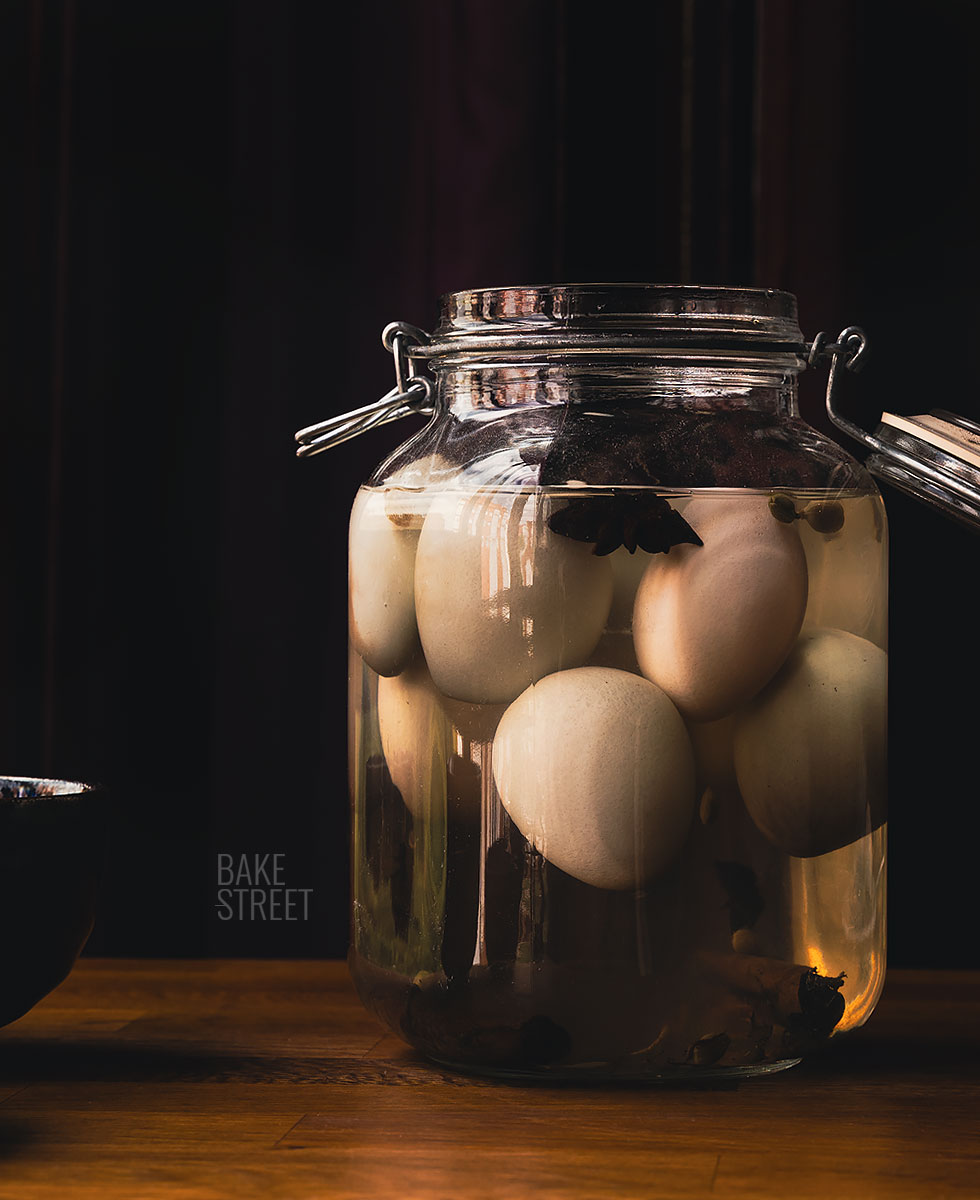
Gaining popularity.
Although its place in traditional food is deep-rooted, a few years ago, the salted egg yolk began to shed its traditional “shell” to give way to more modern versions in which only the yolk was used. It became a common item on menus everywhere, especially in more modern places.
This ingredient inspired many creations such as burgers, sauces, doughnuts with salted egg yolk filling or salted egg yolk-flavored potato chips.
According to Nadge, he believes that people today are more adventurous and willing to try new, different and even somewhat unusual foods. Thanks to this attitude and combined with the creativity of this new generation, this traditional ingredient has experienced a revitalization and has regained relevance.
Preparing Chinese salted eggs at home.
When it comes to preparing them, you will find that the process is quite simple and all the necessary ingredients are easily accessible. The key here is to have patience to make sure the process goes smoothly.
When it comes to choosing which types of eggs to use, it won’t be difficult since any variety can be used. If you have access to duck eggs, perfect. Otherwise, chicken eggs work just as well. After reading a lot, in principle, it is always advisable to use white eggs. Although I have seen some elaborations with brown eggs and the result was very good too.
In my case I used white and blue eggs. The latter, frankly, on a whim. I saw them, I loved them and I thought they would be a good option to carry out this recipe. I found them interesting and thought they would be a good choice for this recipe. The difference in flavor between white and blue eggs is practically nil. Blue eggs tend to have a slightly larger yolk, a harder shell and their size tends to be a little smaller than that of white eggs.
To make the brine we will need salt, sugar and alcohol (ideally some variety of Chinese cooking wine). These ingredients, along with water, are essential and should not be omitted. Optionally, we can flavor them with spices. In my case, I leave you the spices I used, but these are completely optional and you can choose which ones to incorporate or not in your preparation.
Recipe Chinese salted eggs
- 10 white or blue eggs, we can use up to 20 eggs
- 1.5 liters of water
- 420 g salt
- 3 aniseed stars
- 4 cinnamon sticks
- 20 cardamom pods
- 6-7 slices of fresh ginger
- 50 g sugar
- 20 g shao xing wine, otherwise we can use another type of Chinese wine or a liqueur such as vodka
MATERIAL WE WILL NEED AND VISIBLE IN THE VIDEO:
- bowls
- brush to clean the eggs (optional)
- saucepan, this is mine DeBuyer*
- cloth
- airtight glass jar with 2 liter capacity
*In these products you have a 5% discount on the website Claudia&Julia using this code BAKESTREET. Delivers throughout Europe.
Instructions
FIRST DAY
Prepare brine.
- In a saucepan, add the water, salt, sugar and spices.
- Place over medium high heat and bring to a boil. Once it comes to a boil, reduce heat to low and cook for 2-3 minutes.
- Remove from heat and let stand until completely cool.
- Once it has cooled, add the wine and stir very well to homogenize.
Wash the eggs.
- Before placing the eggs in the container together with the brine, they should be washed and cleaned to remove any possible remains of dirt on the outside.
- Wash under running cold water and brush the outside to remove any remaining dirt. Rinse again with clean water.
- Dry with a cloth and set aside while you repeat the same process with the rest of the eggs.
Store in a glass container with the brine.
- Place the eggs in a glass container.
- Pour the brine together with the spices.
- To prevent the eggs from floating, leaving part of them in the air, they must be completely submerged in the brine. Fill a bag with running water (a freezer bag, for example) and put it inside the container to submerge the eggs.
- Remember to tie a knot in the bag to prevent water from escaping.
- Close the container and store in a cool, dry place, away from direct light.
- Let stand for 4-5 weeks.

FOUR-FIVE WEEKS LATER
Check condition of the eggs in brine.
- After the first 4 weeks, check the condition of the yolk.
- To do this, we will take an egg and open it. If the yolk is firm, bright orange, with a light-colored white and clean, they are ready.
- Otherwise, keep the rest of the eggs submerged in the brine for a few more days.
- Once the yolks are ready, after removing them from the shell, we can keep them in an airtight container, refrigerated, for 2 weeks. Inside the egg itself, it can be kept refrigerated for up to 2 months.
- If we are going to take longer to consume them, we will cook them. Brush the surface of the yolks with a little oil, place them in a preheated oven at 340ºF/170ºC, half-height, for 5-10 minutes. Once cold, we can use them, refrigerate them for 3-4 weeks or freeze them for up to 3 months.

Notes
- What type of eggs can I use to make salted eggs? Traditionally duck eggs are used for this preparation, but chicken eggs can also be used. In my case I have used the latter. It is advisable to use white eggs, if possible, instead of brown eggs. In my case I used white and blue eggs.
- We must check the eggs well when we wash them to make sure they do not have any bumps or cracks, these eggs will not do well in the curing process.
- When making the brine, you can omit the spices if you wish.
- Wine or liquor is not usually omitted in this process. It is advisable to use a Chinese cooking wine, but in its absence a liqueur such as vodka can be used.
- We must use a glass container, previously sterilized, to carry out the salted eggs.
- Curing time will depend on the type and size of egg. It is recommended to check the condition of the yolk after the first 4 weeks. If the yolk is orange, firm, with clean and clear white, it is ready. Otherwise, leave the rest of the eggs in the brine for a few more days.
- Some people use the whites to make scrambled eggs with vegetables, but others discard them. They are quite salty, but everything is a matter of adjusting quantities in case you want to consume them.
- If you wish, you can also cook the whole egg for 10 minutes to consume it (both the white and the yolk).
- If, when opening the egg, the white is cloudy, opaque, whitish or has a bad odor, the whole egg should be discarded. If the yolk has white or strange-looking parts, the egg should also be discarded.
- If, during the curing process, an egg cracks (due to a small previous blow that we have not seen), we will remove it from the brine and discard it.
- These salted yolks can be used for many preparations such as dumplings or as part of the filling for mooncakes.

If you like to try different things, I encourage you to prepare these Chinese salted eggs at home. Honestly, after the curing process and when the time comes to open the egg, you feel an excitement and uncertainty to know what will be inside. It is very gratifying to see the result.
The flavor of the salted yolk is unique and peculiar. Salted eggs, and in particular salted yolks, have a flavor that combines the richness of the egg yolk with the intensity of the saltiness. The brine in which the eggs undergo their curing process confers that characteristic salty flavor along with a hint of umami in the yolk. This process also contributes to the grainy and firm texture of the salted yolk. Surprise yourself, I promise.
Salted yolk is generally consumed cooked in various preparations. Although it has undergone a brine curing process, which makes it safe for consumption, its flavor and texture develop and improve when cooked in specific dishes.
In summary, although the salted yolk can technically be eaten raw due to the curing process, it is more common and tastier to use it in culinary preparations where it is cooked together with other ingredients. This enhances its flavor, as well as contributing to the final texture of the dishes.
Wish you a beautiful Sunday!
Lots of love,
Eva
Sources: NCBI, Quisine, The Straits Times
This post contains affiliated links.
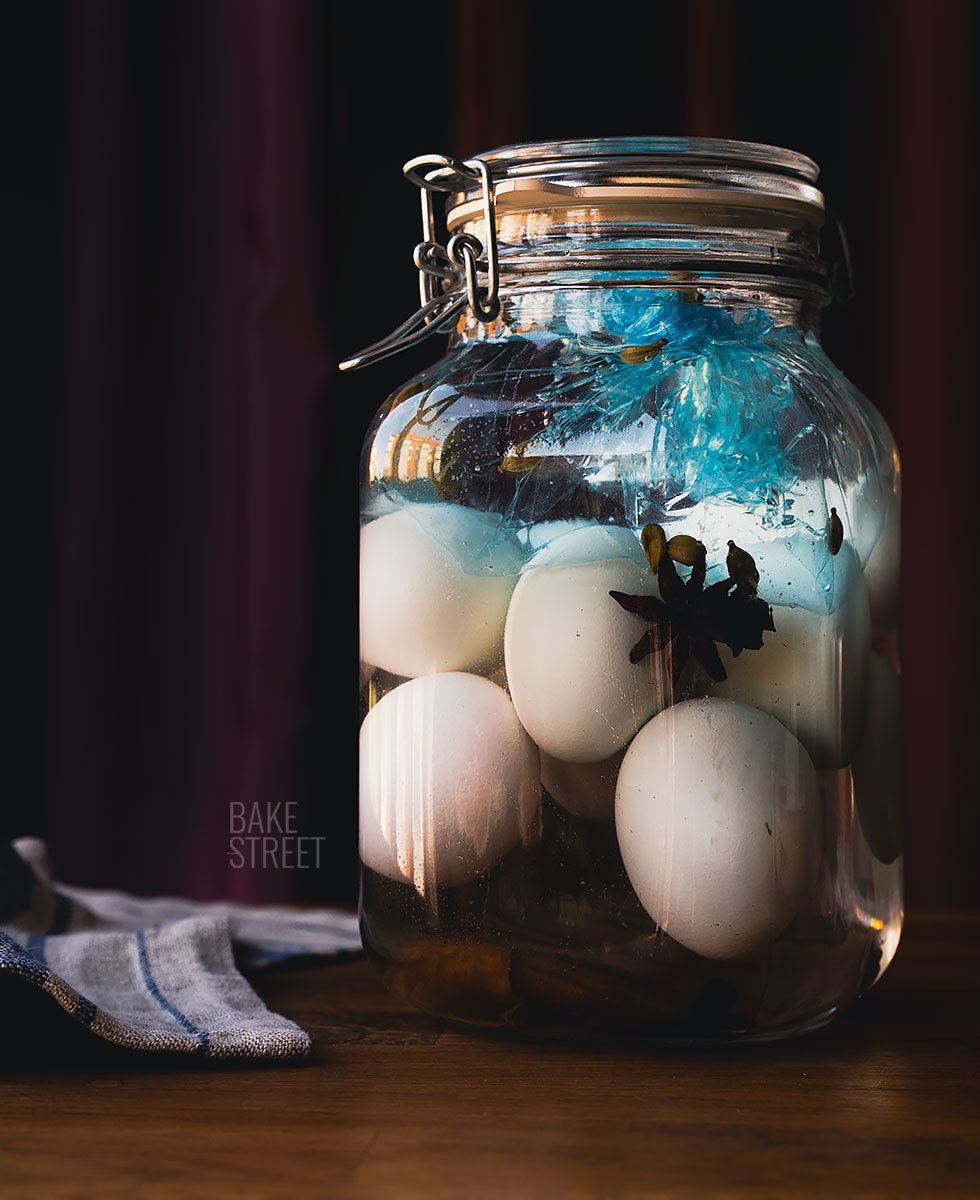
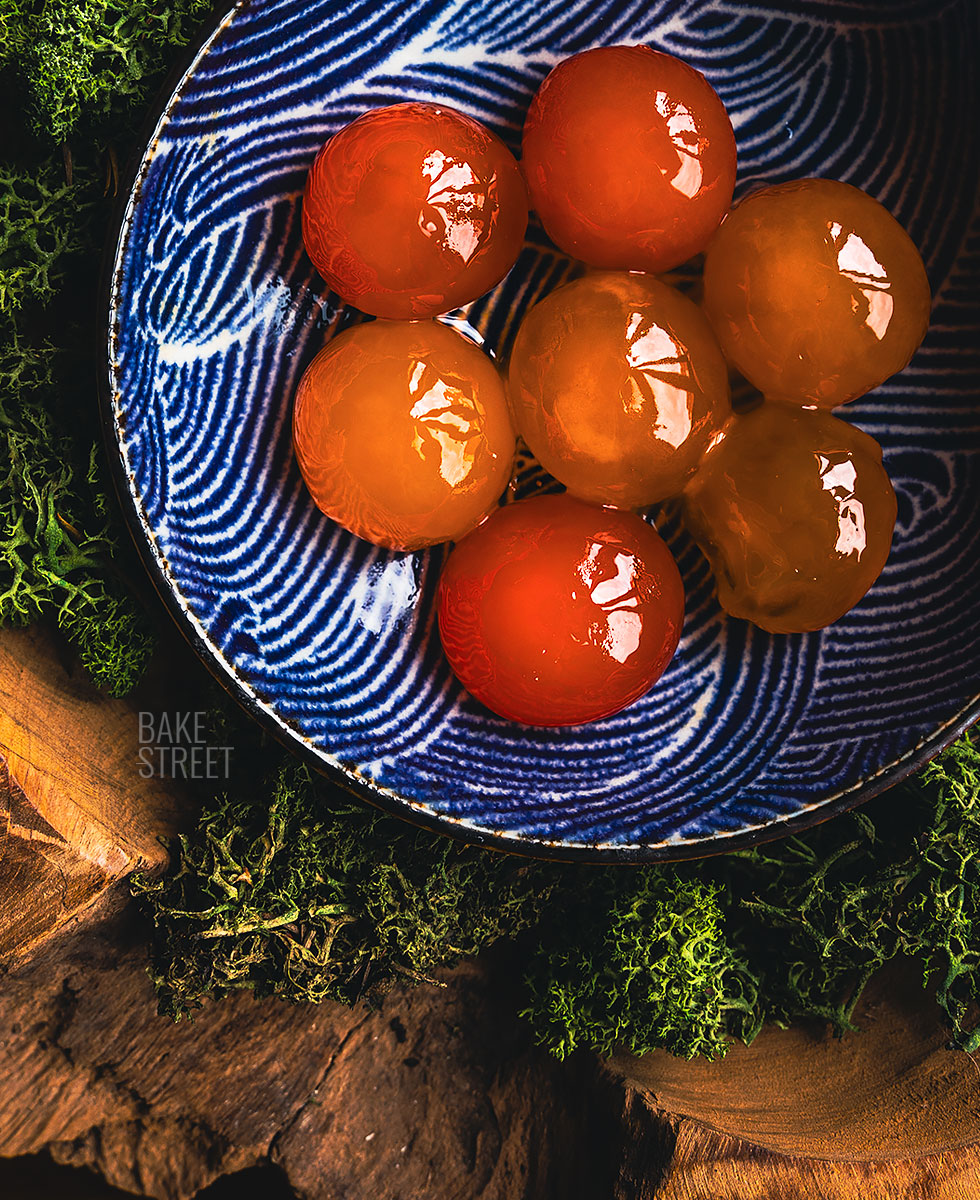
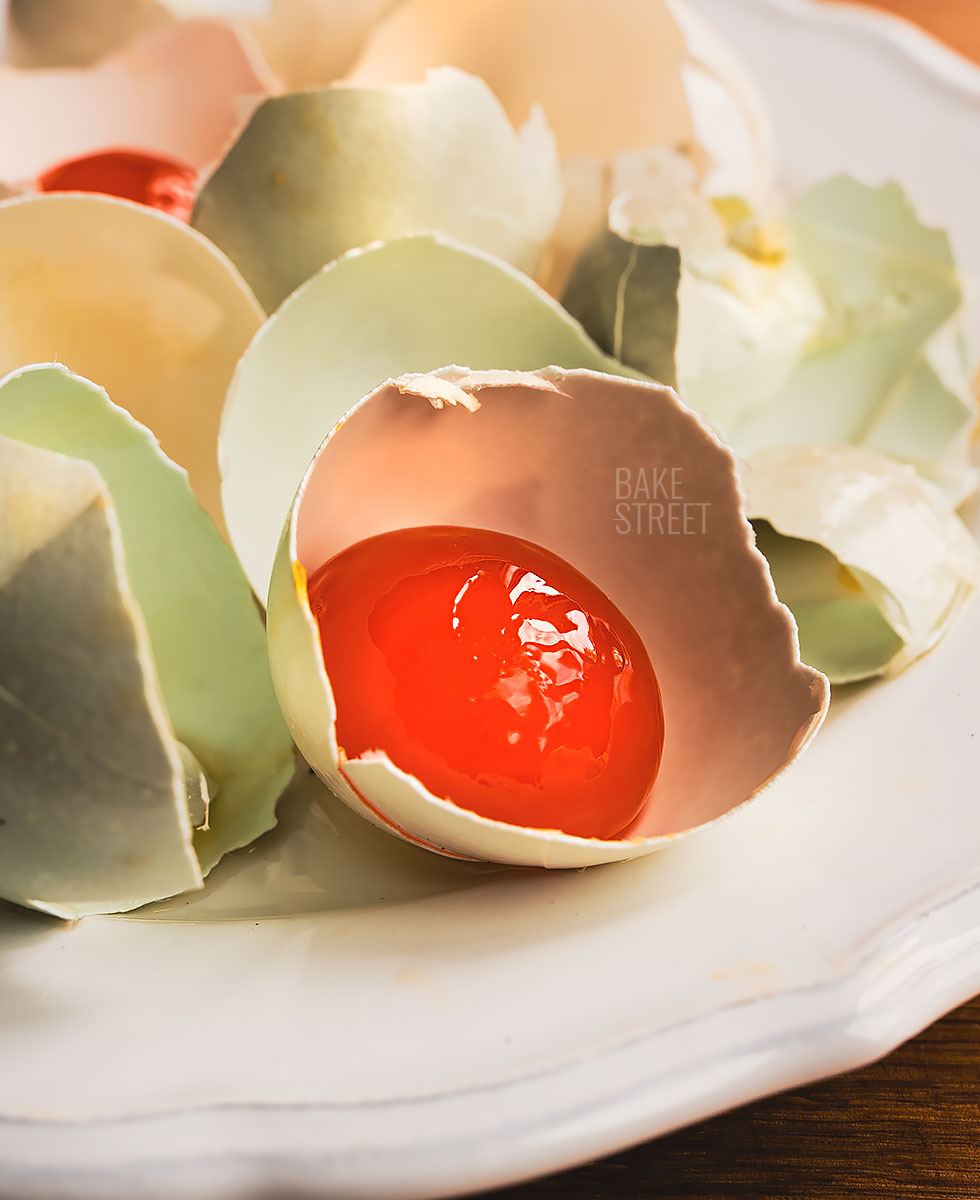
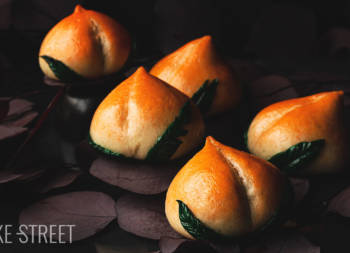

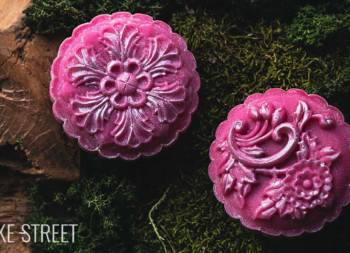
Comentarios